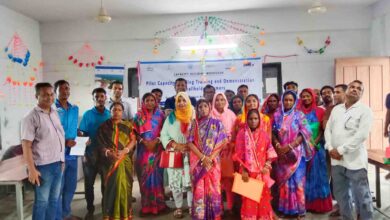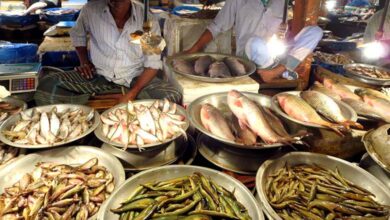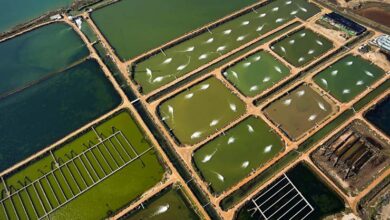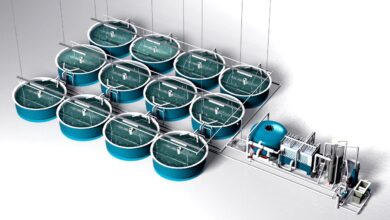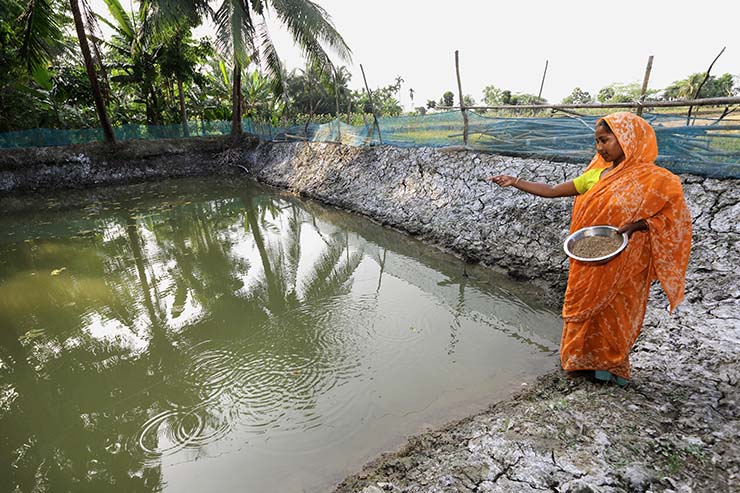
Aquatic animals nutrition, feeds, and feeding management are critical components of aquaculture’s long-term development. Hand feeding, automatic feeding, and demand feeding are all options for feeding fish or shrimps. Many farmers prefer to hand-feed their fish every day to ensure that they are healthy, actively feeding, and not exhibiting any problems.
Importance of proper feed management:
- A high-quality feed and proper feeding management maximize feed efficiency, reduce production costs, and reduce environmental degradation.
- Proper feeding and management practices can ensure that feed nutrients are not wasted, that fish are not overfed, and that feed efficiency on the farm is optimized.
- A well-formulated and balanced diet not only ensures optimal growth and production of the fish and profitability, but it also strengthens their immune systems and reduces the risk of disease transmission.
- Inadequate feeds can cause poor growth, and high mortality in farm fish.
- To prevent pollution of the pond, surrounding areas, and the coastal zone, the amount of unconsumed feed should be kept to a minimum. These feeds consume a lot of oxygen during decomposition, which can cause hypoxia in the water.
Right feeding mechanisms:
An effective feeding program should take into account the fundamental principles of fish nutrition and feeding. This necessitates an understanding of cultured species’ nutrient requirements, feeding habits and behavior, and the ability of fish to digest and utilize essential nutrients.
Aqua feeds must meet the nutritional needs of cultured species in terms of protein and essential amino acids, lipids and essential fatty acids, energy, vitamins, and minerals. The level of available nutrients for fish will ultimately determine the quality of the feed. Because fish consume food to meet their energy needs, the energy value of the feed will affect its efficiency. The nutrient requirements of a specific fish species intended for culture should be known.
Feeding patterns (hand-feeding, blower feeding, automatic feeders, or demand feeders) can all have an impact on growth performance of fish. Hand-feeding is recommended on small-scale farms. Because it enables the feeder to control the amount of feed required, avoid overfeeding, and monitor fish behavior and feeding activity.
Feed is only used to supplement the naturally occurring food supply. As a result, the significance of natural productivity in the overall nutrition of pond-raised fishes should be emphasized.
Because feed is only used as a supplement to natural food, this feeding system is less expensive if the pond ecosystem is well understood. Maximizing the use of natural food organisms will reduce the cost of fish production.
Determining a daily energy requirement (DER) enables the owner to feed the appropriate amount of food, which can be adjusted as the fish grows in size and age.
Another way to cut feed costs is to feed fish differently during growth. This includes using product substitutions in feeds through alternative feed ingredient sourcing, increasing feed nutritive content to grow healthier fish with higher FCRs, and improving locally produced, low-cost feeds through the palletization process.
Farhana Islam
Agriculturist, Researcher

